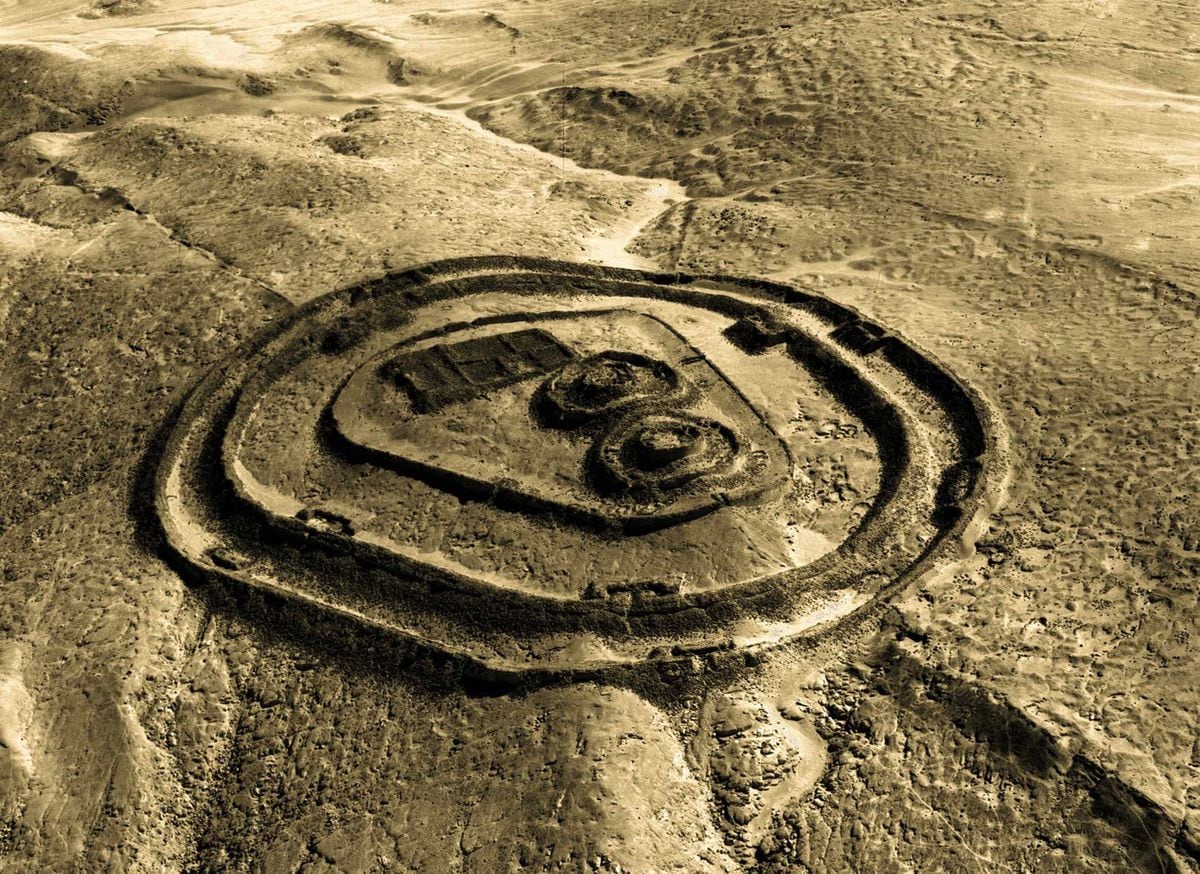(CNN) — Canadians are wary of what could be a powerful storm to hit their country’s coast.
Hurricane Fiona has hit the Caribbean, is forecast to downgrade Bermuda to a dangerous Category 3 storm and shows no signs of slowing down before then. Go to Canada Saturday morning.
“This could be the Canadian version of Hurricane Sandy,” said Canadian Hurricane Center meteorologist Chris Fogarty, noting Fiona’s size and intensity and combination of hurricane and winter storm characteristics. Hurricane Sandy affected 24 states and the entire Eastern Seaboard, causing $78.7 billion in damage.
Fiona was about 1,200 miles southwest of Halifax, Nova Scotia on Thursday morning, but the area is already making a rare and historic impact.
“Take it seriously because we rarely see numbers here on our weather maps,” Fogarty said.
The lowest pressure ever recorded in Canada was 940 millibars in Newfoundland in January 1977, said Brian Tang, professor of atmospheric sciences at the University at Albany. “Current weather forecast models indicate that Fiona will make landfall in eastern Nova Scotia with a pressure between 925 and 935 millibars, which would easily set a new record,” he said.
Pressure between 920 and 944 millibars is what a Category 4 hurricane typically has.
Many meteorologists, including Fogarty, compared the storm to Hurricane Juan in 2003, which hit the Canadian coast as a Category 2 storm.
“That storm was so small. This is huge,” Fogarty said.
A storm’s hurricane-force winds extend up to 112 kilometers in any direction from its center, and tropical storm winds extend more than 300 kilometers. That means cyclonic winds can blow over a 225 kilometer wide track, and tropical storm winds over a 600 kilometer wide area.
Fiona could grow even larger by the time the storm hits Canada, according to Tang.
Fiona’s Implications
Fiona is expected to reach Atlantic Canada by Friday evening, but the region will begin to experience deteriorating conditions early Friday.
Here is the latest update #Hurricane #Fiona.
Hurricane Fiona is likely to be a major weather event in eastern Canada this weekend, and we encourage the public to continue to monitor forecasts.
Read the latest bulletins: https://t.co/QURfkCQp7W pic.twitter.com/RSdj9L75RI
— ECCC Canadian Hurricane Center (@ECCC_CHC) September 22, 2022
“Fiona is now fully a hurricane. When it begins to interact with a cold weather system and the jet stream, it will become a very intense and large hurricane, with characteristics of both a hurricane and a strong subtropical cyclone. Swells and waves,” Tang explained.
The National Hurricane Center predicts the storm will “continue to produce strong winds as it moves past Nova Scotia and into the Gulf of St. Lawrence.” In fact, the storm could reach 160 km/h winds as it makes landfall.
Nova Scotia, Prince Edward Island and western Newfoundland could get up to 6 inches of rain, with some areas getting up to 10 inches. This can cause significant flash flooding.
“People should take this very seriously and be prepared for long-term power outages and structural damage to buildings,” Fogarty explained.
Large tides and surges are predicted in the region that could endanger people’s lives.
Some waves in the eastern parts of the Gulf of St. Lawrence may be more than a meter high, and in the western Gulf there will be northeasterly waves of up to 66 centimeters, which will cause significant erosion on north-facing beaches. From Prince Edward Island, the Canadian Hurricane Center said.
The hurricane center also warns of coastal flooding, especially during high tides.
Nova Scotia and Cape Breton haven’t been hit by a storm as severe as this in nearly 50 years. Both were winter storms in 1974 and 1976, Fogarty said. Many people don’t remember those two storms, so forecasters are trying to send a clear message to residents to prepare.
CNN meteorologist Judson Jones contributed to this report.


:quality(85)/cloudfront-us-east-1.images.arcpublishing.com/infobae/3O3NXDHTL6VG5D4VR6X233ZBOE.jpg)


